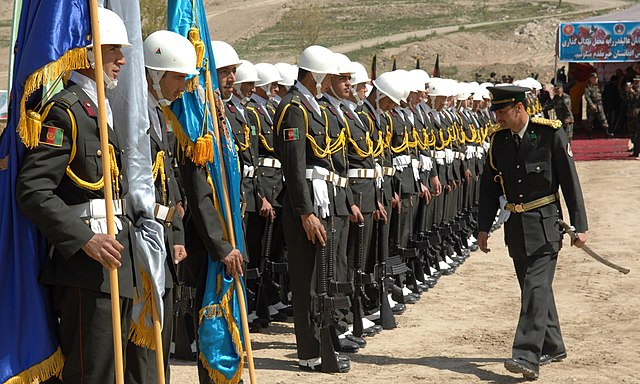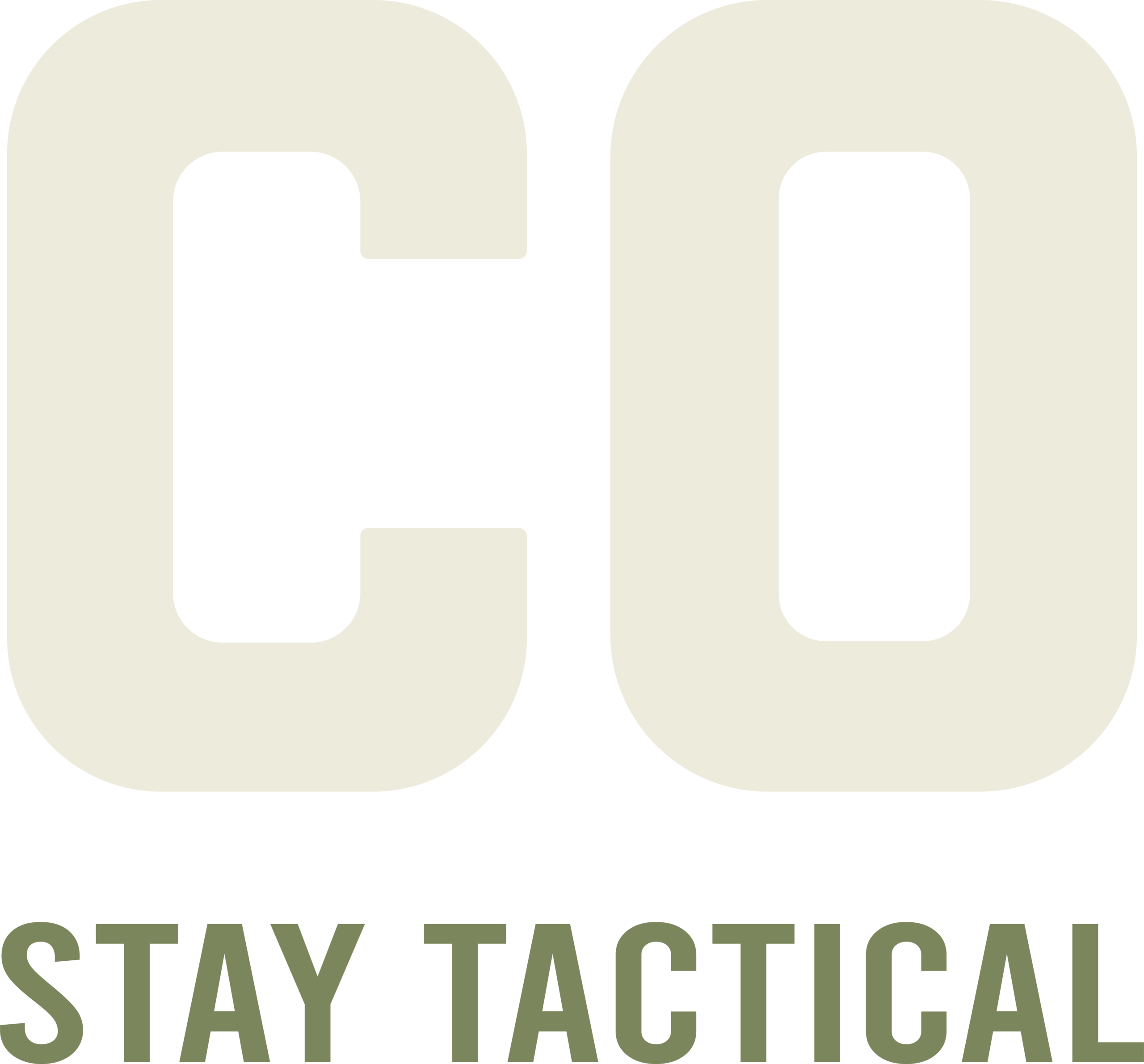“The brass” refers collectively to officers of high rank within the military hierarchy. These individuals, distinguished by their authority and responsibility, are often at the helm of strategic decision-making and command. The term itself connotes not just rank but also a level of seniority and influence that shapes the direction and operations of military units.
The origins of “the brass” trace back to the mid-19th century, rooted in the symbolism of military insignia and decorations. In those times, officers’ insignia were often made from brass, a durable metal that symbolized strength and longevity. As such, “the brass” became a colloquial reference to these officers, reflecting their importance and position within military structures.
Over time, the term has evolved beyond its material origins to encompass a broader cultural and linguistic significance. Today, it is used both within military circles and in civilian contexts to acknowledge and sometimes critique the authority and decision-making power wielded by senior officers.
Historical Context

The term “the brass” holds a rich history intertwined with the evolution of military structure and hierarchy, dating back to the 19th century when modern military institutions began to take shape.
Origins in the 19th Century
During the 19th century, military uniforms and insignia underwent significant standardization across various armies. Officers began to wear distinctive badges and insignia made from brass, a choice driven by its durability and symbolic value. These brass insignia not only denoted rank but also marked a significant distinction between officers and enlisted personnel.
As these officers ascended in rank, their authority and influence within military units grew. The term “the brass” emerged organically from the everyday language of soldiers, referring to these high-ranking officers who wore brass insignia on their uniforms. This usage not only reflected their rank but also symbolized the weight of responsibility and decision-making power they carried.
Evolution of Military Ranks and Officer Hierarchies
The evolution of military ranks and officer hierarchies played a crucial role in solidifying the concept of “the brass.” Initially, military organizations operated with a rudimentary chain of command, often led by nobility or aristocracy. However, as warfare became more complex and professionalized, a more structured hierarchy of officers emerged.
This hierarchical system introduced distinct ranks such as generals, colonels, and captains, each with defined responsibilities and authority. Officers at these levels became known collectively as “the brass,” reflecting their collective influence and leadership within the military establishment.
Throughout the 19th and into the 20th century, as military organizations expanded and modernized, the term “the brass” endured, adapting to encompass not just their rank but also the institutional authority and strategic decision-making that defined their role within military operations.
Symbolism and Material
The term “the brass” not only refers to military officers of high rank but also carries deep symbolism rooted in the materials and insignia that define their roles within the armed forces.
Connection between Officers and Brass Materials
Historically, officers within military ranks have been distinguished by the badges and insignia they wear on their uniforms. These symbols of rank often incorporate brass—a metal known for its durability, strength, and resilience. The choice of brass for insignia was practical, ensuring that these markers of authority could withstand the rigors of military service while also symbolizing the steadfastness and reliability expected of officers in command.
The use of brass in military insignia dates back centuries, evolving alongside military traditions and practices. As officers rise in rank, their insignia often incorporate increasingly intricate designs and embellishments, all crafted from brass or adorned with brass elements. This connection between officers and brass materials underscores not only their authority within the chain of command but also their commitment to leadership and service.
Significance of Brass in Military Insignia and Decorations
In military culture, insignia and decorations serve dual purposes: they identify individual achievements and contributions, and they symbolize the collective ethos and values of the military institution. Brass, with its lustrous appearance and enduring qualities, enhances the visual impact of these insignia, making them unmistakable symbols of rank and honor.
From medals awarded for acts of bravery to badges denoting specialized skills or command roles, brass is prominently featured in the design and fabrication of military decorations. Its presence signifies the prestige and respect accorded to those who wear them, reinforcing the hierarchical structure and traditions that define military organizations worldwide.
Through the symbolism of brass materials in military insignia and decorations, the term “the brass” acquires a deeper significance, representing not just the individuals who hold high rank but also the ideals of leadership, duty, and sacrifice that form the foundation of military service.
Leadership and Authority
At the heart of the term “the brass” lies a profound symbolism that transcends mere rank, embodying the essence of leadership and authority within the military hierarchy.
Symbolic Role of Officers as Leaders
Officers, collectively referred to as “the brass,” occupy positions of leadership and responsibility within military units. Beyond their roles as commanders and strategists, they embody the ideals of honor, discipline, and sacrifice that define military service. Their leadership is characterized not only by their technical expertise and tactical acumen but also by their ability to inspire and motivate those under their command.
Within the structured hierarchy of military organizations, officers at various ranks—from captains to generals—play distinct leadership roles. They oversee operations, make critical decisions in times of conflict, and uphold the traditions and values of their respective armed forces. The term “the brass” thus serves as a shorthand for acknowledging the collective leadership and authority wielded by these individuals in shaping military policy and operations.
Reflecting Authority and Decision-Making Power
“The brass” also reflects the authority and decision-making power vested in senior officers within military chains of command. As symbols of institutional leadership, they are entrusted with the responsibility of making strategic decisions that impact national security and defense. This authority is derived not only from their rank but also from their experience, expertise, and adherence to military doctrine.
The term “the brass” is often used to describe the influence and gravitas that senior officers bring to military operations. Their decisions can shape the course of battles, influence international relations, and set the direction for military policy. By acknowledging their authority, the term underscores the hierarchical structure that underpins military organizations and underscores the importance of leadership in achieving operational objectives.
Cultural and Linguistic Evolution
The term “the brass” has transcended its origins within military circles to become a cultural reference point that resonates both within and beyond the realm of armed forces.
Spread of the Term Beyond Military Circles
Originally coined to describe officers of high rank adorned with brass insignia, “the brass” has seeped into popular culture and everyday language. Beyond its literal meaning, the term has come to symbolize authority, leadership, and institutional power in various contexts. From literature to cinema and beyond, references to “the brass” evoke images of decisive decision-makers and influential figures in positions of command.
In civilian discourse, the term has been adopted to describe influential leaders in other fields who wield significant authority and decision-making power. This cultural adaptation underscores the enduring legacy of military symbolism in shaping broader societal perceptions of leadership and hierarchy.
Cultural References and Impact on Civilian Perceptions
The cultural references associated with “the brass” extend beyond its literal military origins to influence public perceptions of military leadership. Through media portrayals and historical narratives, the term has contributed to shaping public understanding of military professionalism, command structures, and the strategic importance of leadership within defense establishments.
Moreover, the term’s usage in civilian contexts reflects a broader recognition of the pivotal role that military leaders play in national security and defense. Whether as historical figures in wartime leadership or contemporary policymakers in defense strategy, “the brass” encapsulates the reverence and scrutiny accorded to those entrusted with safeguarding national interests.
By exploring the cultural and linguistic evolution of “the brass,” we gain insight into how military terminology permeates societal discourse and shapes collective understanding of authority, leadership, and the responsibilities associated with command.
Final Thoughts
The term “the brass” encapsulates a legacy of leadership, resilience, and institutional stewardship within military organizations worldwide. Its historical roots, symbolic significance, and cultural resonance underscore its enduring relevance as a testament to the essential role of military leaders in shaping the course of history and safeguarding the future.


